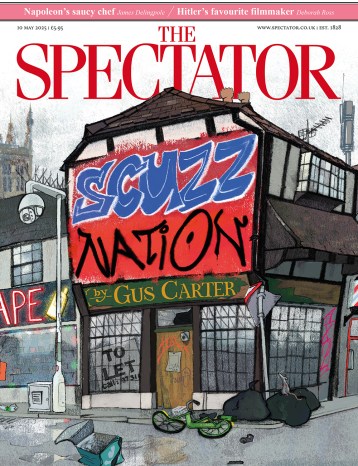‘Ah, did you once see Shelley plain?’ asks the speaker in Robert Browning’s poem ‘Memorabilia’ — a line which recognises how easy it is to misread a writer once they’ve passed into a hazy afterlife of fame, neglect or simple misunderstanding. Yet few of Browning’s contemporaries are as hard to see plain as his own wife: the poet who was known to her family as Ba, signed herself EBB, and published a number of popular works under her married name of Elizabeth Barrett Browning.

Disagree with half of it, enjoy reading all of it
TRY A MONTH FREE
Our magazine articles are for subscribers only. Try a month of Britain’s best writing, absolutely free.
Already a subscriber? Log in






Comments
Join the debate, free for a month
Be part of the conversation with other Spectator readers by getting your first month free.
UNLOCK ACCESS Try a month freeAlready a subscriber? Log in